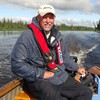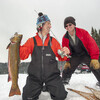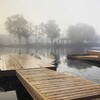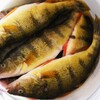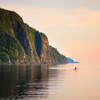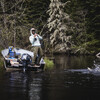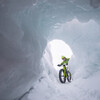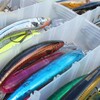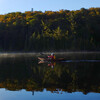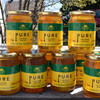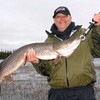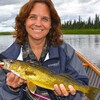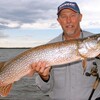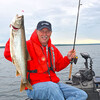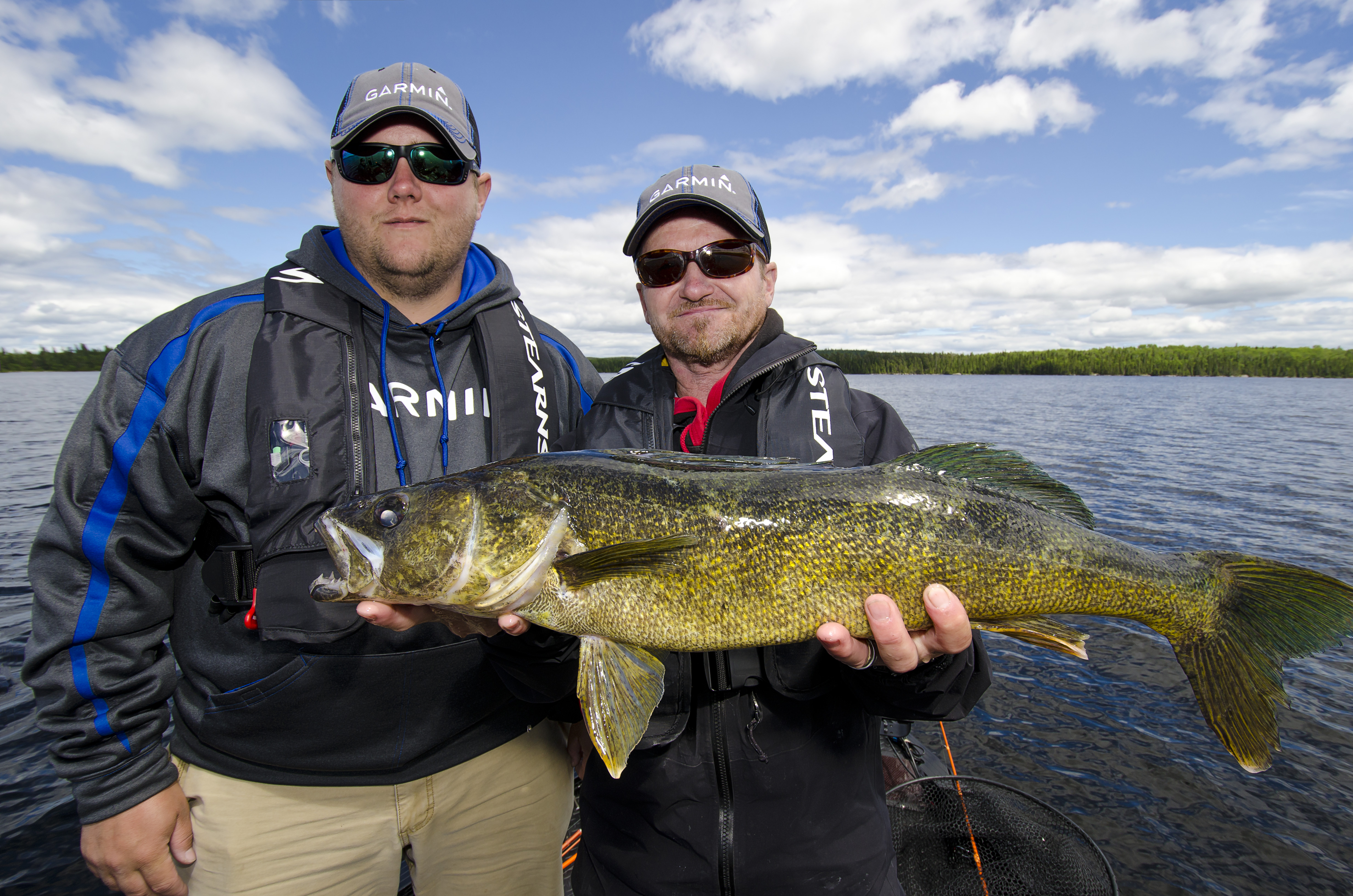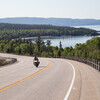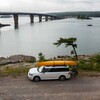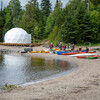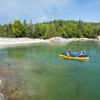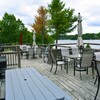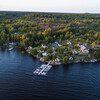
Why Boat Control is Important
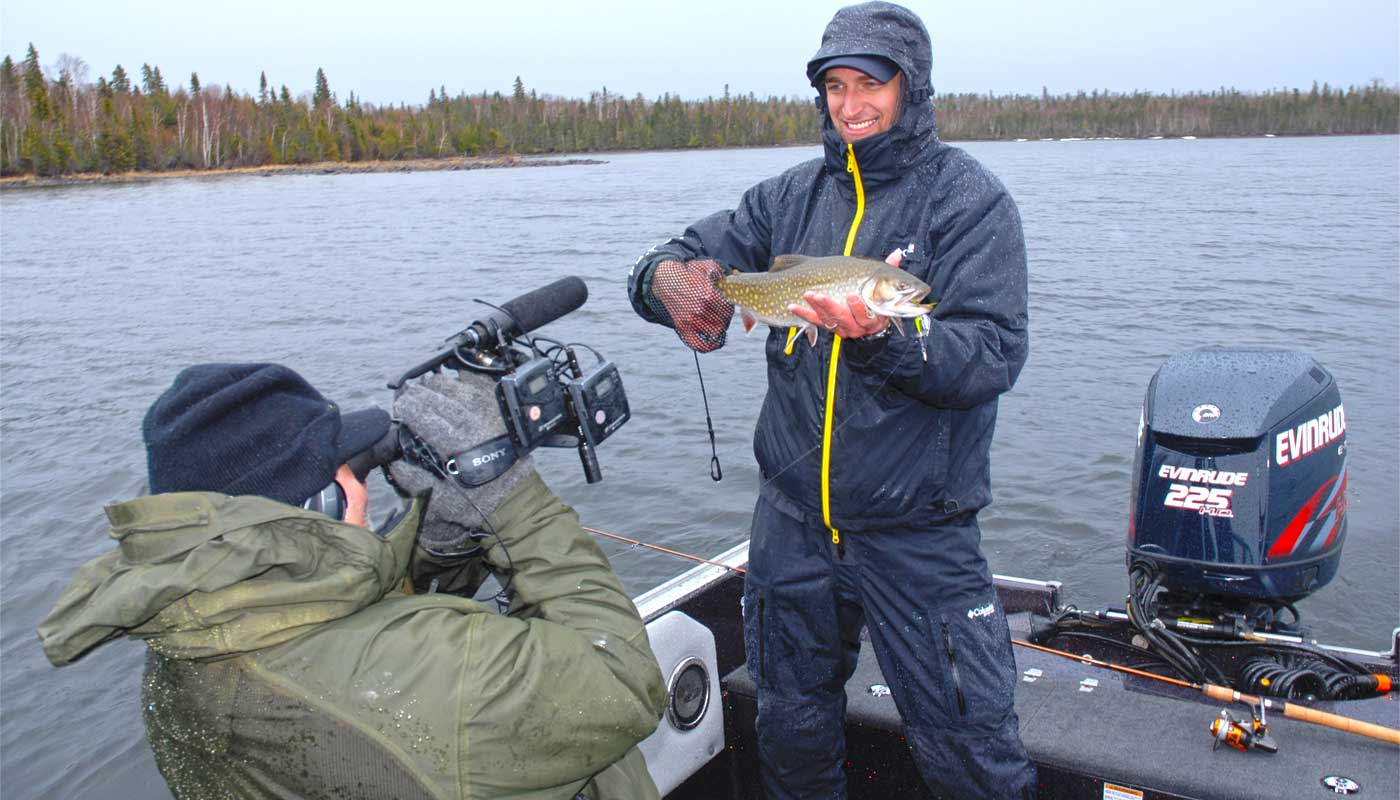
Boat Control Is Important When Fishing
Generally speaking, when anglers start talking about fishing the primary focus of the conversation is going to be on lure types, with lure colour being a close second. What the fish are biting on is always an important element in catching fish, but more often than not a multitude of lures and lure colours will get the job done. In the big picture next to finding fish, the most important element of catching fish boils down to boat control and understanding how positioning the boat has a profound impact on just about every popular fishing presentation.
Electric Motors
A fishing boat without an electric motor is an evil thing. An electric motor ranks as the most useful boat control tool an angler can own. Without a "trolling motor" as these units are often called, positioning the boat is limited to anchoring or using the main outboard.
Not only do traditional bow and transom-mounted electric motors help in positioning the boat, but the newer auto-pilot style "trolling motors" on the market can also perform what amounts to boat control miracles. Products like the new MotorGuide Xi5 function like a traditional "trolling motor" and they go much further by providing the ability to repeat a productive trolling run, hover in place, and infinitely control boat speed. These special functions are made possible because of GPS technology built into the unit that allows the operator to program the "trolling motor" to conduct specific boat control chores.
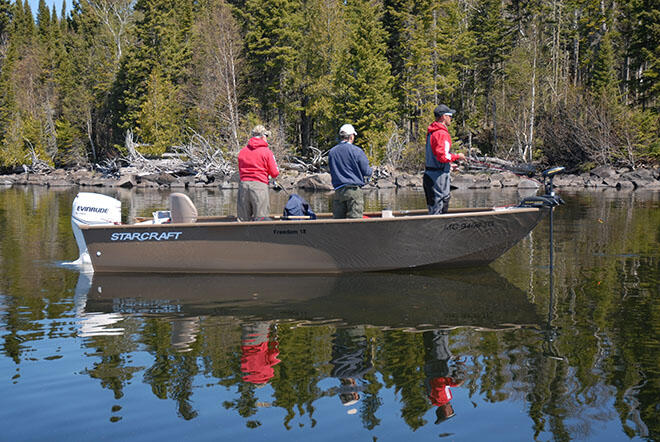
Once an angler has experienced an autopilot-style electric motor like the Xi5, no other trolling motor will do. Say, for example, an electric motor is being used to slowly move along while casting out a shoreline. A fish is hooked, but by the time the fish is landed, the boat has drifted aimlessly, causing the school of fish to be lost. With the Xi5, all an angler needs to do when a fish is hooked is touch one button on the hand control FOB that puts the electric motor in "anchor" mode. This mode essentially hovers the boat in that exact location, compensating for boat drift and current in the process. When the fish is landed, the boat in anchor mode is already in the perfect position to make another cast to the same spot. Slick!
How about using an electric motor for open-water trolling? The boat is moving along under electric motor power, and fish are being caught. Obviously, at some point, the angler is going to want to repeat this productive trolling pass. With an autopilot-style electric motor, the angler can program the unit to precisely duplicate a productive trolling pass, hitting saved waypoints and even matching the trolling speed that was effective.
Compared to the traditional electric trolling motors of yesterday, auto-pilot style motors like the MotorGuide Xi5 take boat control to a whole new level. While the latest generation of electric motors may sound complicated to operate, they are actually very intuitive and easy to master.
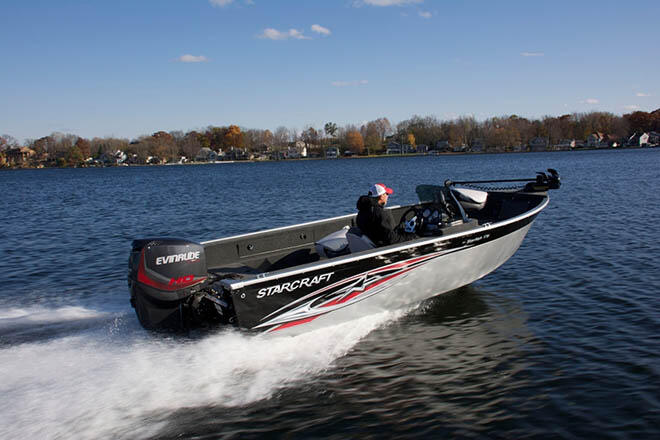
Old School Tactics
Lots of anglers who fish in Ontario's Algoma Country aren't going to have the luxury of an electric trolling motor. Most of the remote camps provide 14- to 16-foot aluminum boats equipped only with a small gasoline outboard. Faced with the chore of controlling the boat using only the primary outboard, there are a few tricks of the trade that any angler can master in short order.
Drift fishing is one of the easiest boat control methods to employ and also one of the most effective ways to target walleye, pike, and smallmouth that are scattered on flats or along weed edges. Slip sinker and spinner rigs baited with live bait or soft plastics and jigs are some of the most effective lures for drifting and maintaining contact with the bottom.
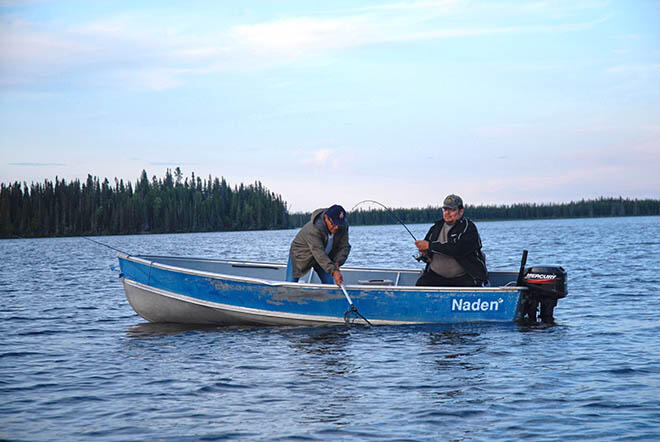
One of the first items I pack when getting ready for a fly-in or remote fishing destination is a pair of 36-inch "sea anchors" or "drift bags". These simple-to-use, pack and store boat control tools make it easy to manipulate drifting speed even in the face of stiff winds. For fishing in mild to modest winds, a single 36-inch diameter bag is adequate. When fishing in stronger winds or when using larger boats, employing two 36-inch bags gets the job done.
The other "old school" method of boat control that works well for jigging and live bait rigging is known as back-trolling. Back-trolling is essentially using the outboard motor to pull the boat backwards into the wind. The combination of pushing the flat transom of the boat into the waves and kicking the motor in and out of gear makes it possible to slowly creep along while keeping your lures in contact with the bottom.
Back-trolling is most often used to fish bottom structure, but this boat control method can also be used to follow shorelines, meandering weed edges, or to zig-zag troll along open water flats. This iconic boat control method has been used to catch countless walleye, and with a little practice, anyone can master this form of boat control.
The benefits of back-trolling are the ability to slow the boat down and also the ability to turn the boat sharply while following depth contours. The disadvantages of back-trolling are waves constantly splashing into the boat and the need to wear rain gear 24/7!
Anchoring
No discussion of boat control would be complete without at least a brief discussion of anchoring. Anchoring a boat in position is one of the simplest and often most effective forms of boat control.
Unfortunately, most camps don't equip their boats with adequate anchors or anchor lines. I recommend bringing your own 100-foot length of 3/8 in nylon rope and a medium-sized Danforth-style anchor. The Danforth anchor is fairly lightweight and uses a pair of swivelling flukes to dig into the bottom and provide good holding power. This style of anchor works well on sand, gravel, rock, clay, and silt bottom types.
If weight isn't an issue, also include a three-foot length of chain that is attached between the anchor and the anchor line. This extra weight helps the Danforth anchor bite quickly and with less line out.
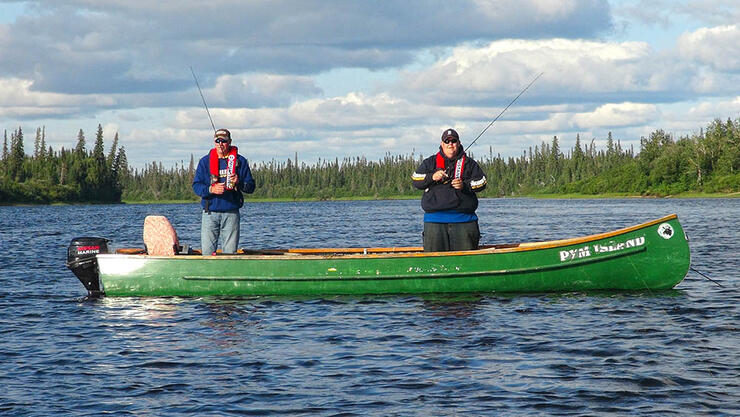
One of the most unique anchoring systems on the market is made by Anchor Wizard, a Michigan-based company. The Anchor Wizard is a clutch-driven wheel that allows the anchor to be lifted or deployed without touching the wet and cold anchor line. Similar in operation to how a manual down-rigger works, this slick anchoring system can be used on all sizes of fishing boats, pontoons, and even have a kayak model.
Recently, while fishing the Pym Island Camp out of Hearst Air, we anchored in the Attawapiskat River to target walleye with jigs. Without the help of a good anchor, it would have been much more difficult to position the boat and catch walleye in flowing water.
Summing It Up
Boat control is a subject that most anglers don't think much about. The ability to keep the boat under control, not just some of the time, but all the time, is what separates the men from the boys in fishing. Show me an angler who has mastered the art of boat control and I'll show you a master angler.
Resources
Recommended Articles

The Group of Seven in Algoma

9 Facts to Know about the Agawa Canyon Tour Train

